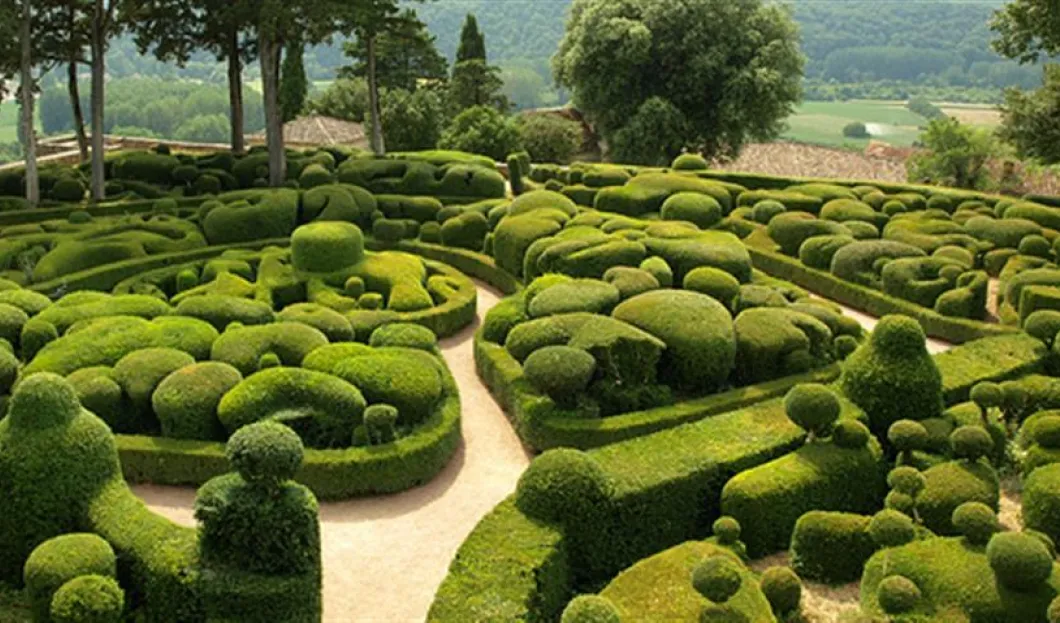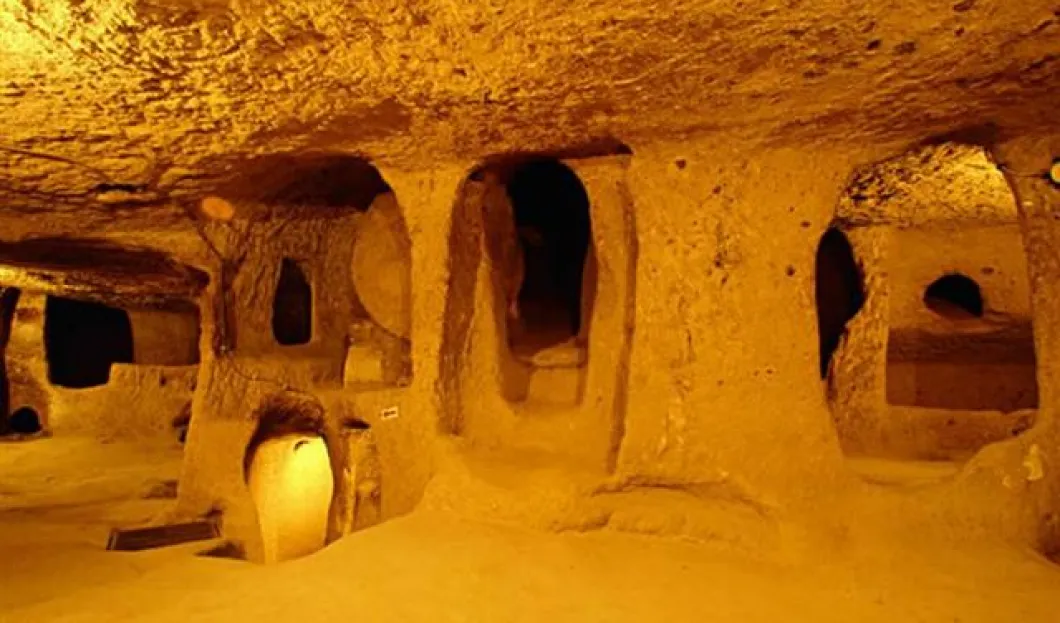
Nothing is exciting like exploring unfamiliar terrains. Though advancements in technology have changed things, we can still explore mysterious and stunning features all over the world. Explore the top seven labyrinths out there. Brought to you by Tourism-Review.com.












